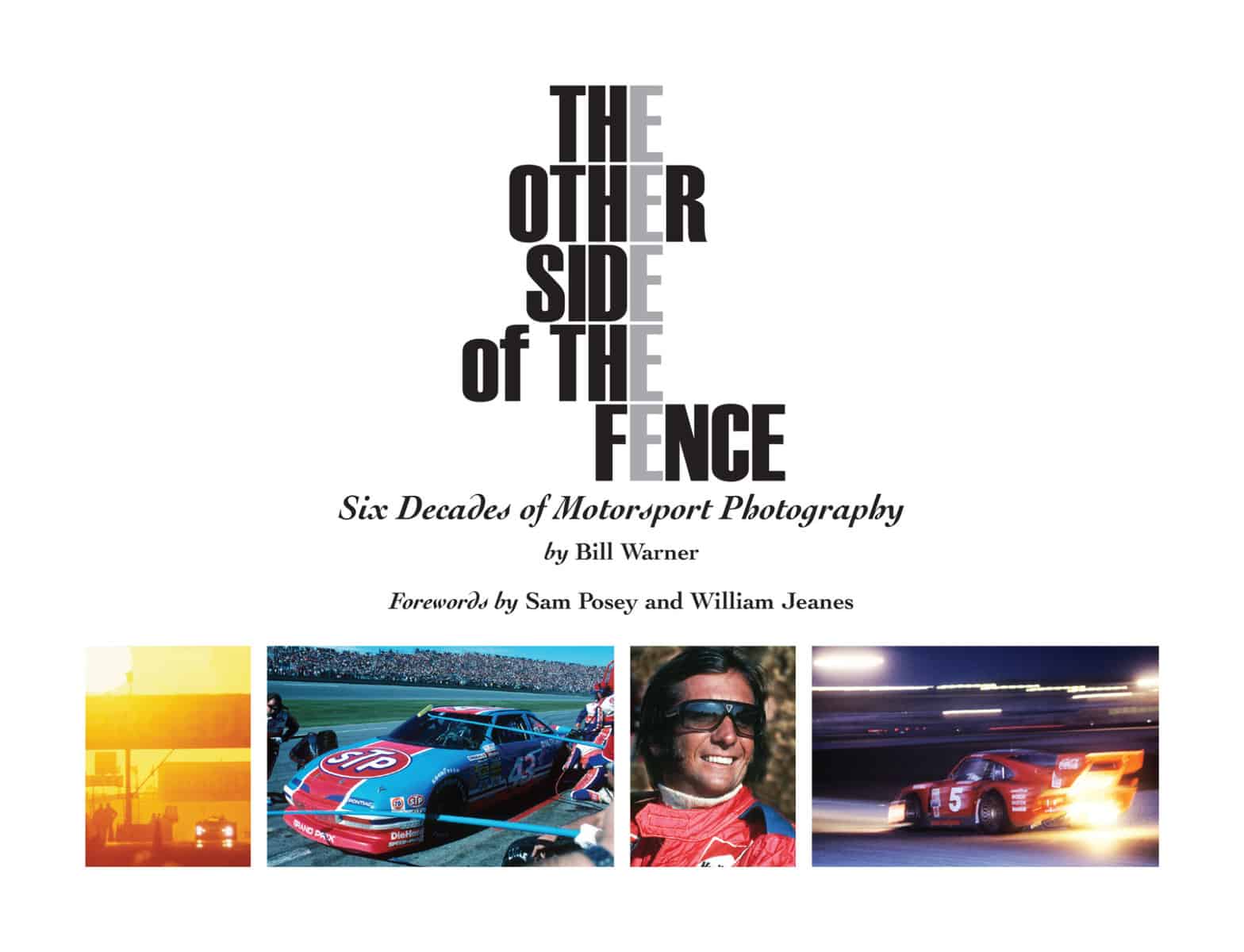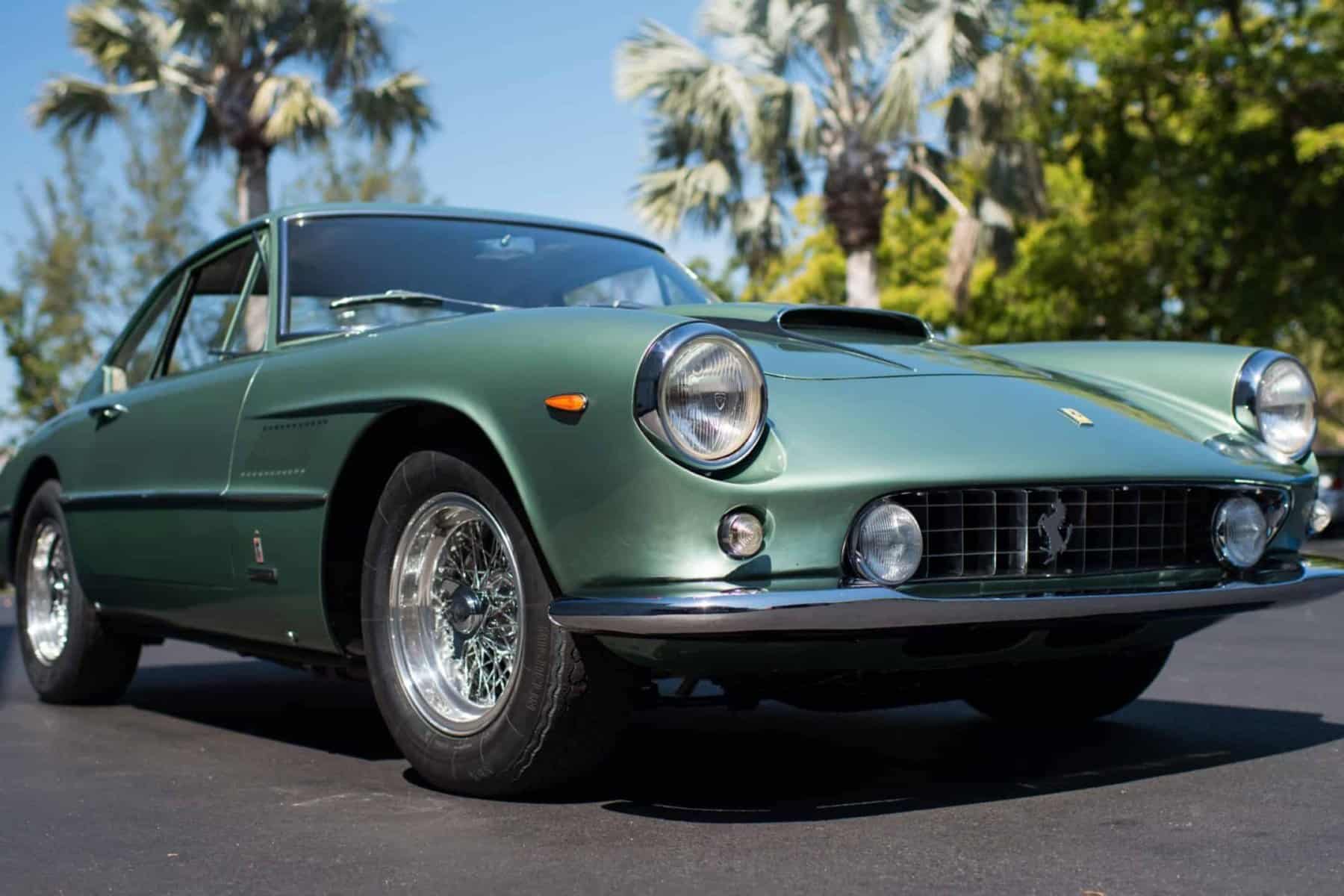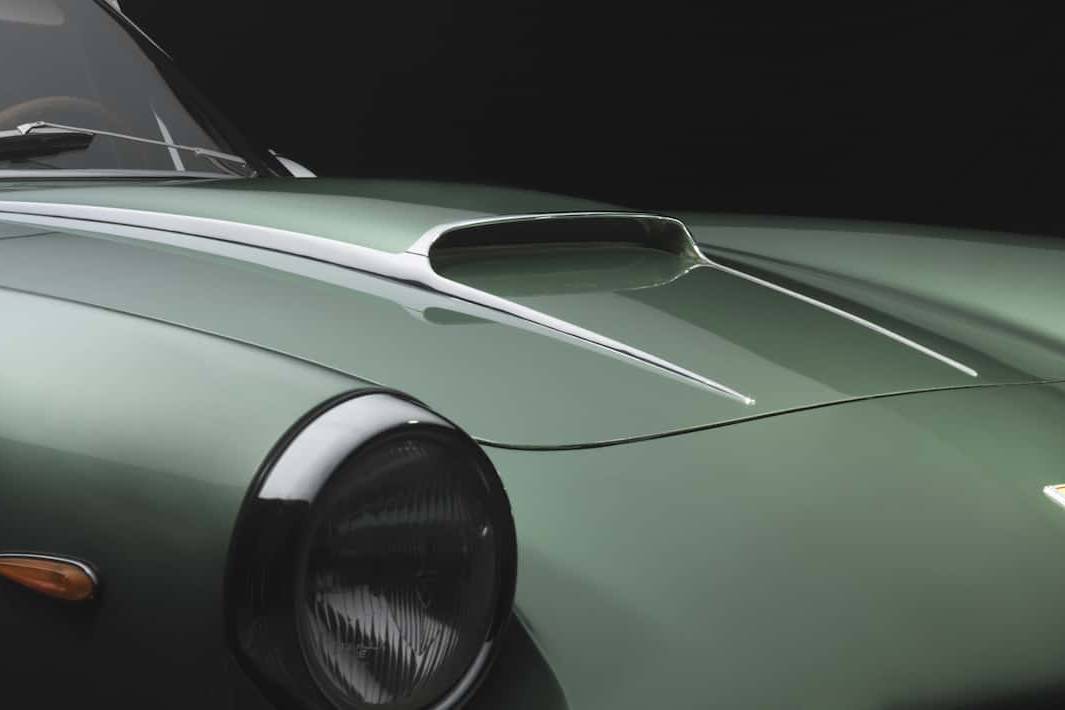The Archaeology of Photographs
Review: The Other Side of the Fence: Six Decades of Motorsport Photography
BY: MILES C. COLLIER
I had a chance to look through Bill Warner’s new book of his motor racing photographs, The Other Side of the Fence: Six Decades of Motorsport Photography. The book consists of 200 pages of images from 1960 on. The important thing about a book like this, aside from the beauty of the images, is the window into a vanished world that certain images afford.
The notable feature of Bill Warner’s photographs is his understanding of the image-making process. There is an enormous difference between a snapshot and a photograph; and I know as I’ve made so many of the former. While Photoshop has altered the equation, Warner practiced his art back when the image maker had to compose in the viewfinder. Post-processing black magic was not a thing. Consequently, fine photographers were as distinctly superior to average photojournalists as factory racing drivers were from their club-racing brethren. Bill Warner is a fine photographer indeed. Having trained at the graduate level in painting for three years, I have a pretty good understanding of how to compose, of how to create imagistic power within the boundaries of a rectangle. The thing I appreciate about photographers is their ability to find the image in the “wild.” Where I can adjust my image as formal considerations require by moving things around, altering size, adjusting edge quality, or even deleting or adding elements, to say nothing of creating color interactions as needed, photographers have to be conscious of all of that all the time and then push the button at the exact moment.
In addition to the normal and important reportage of who, what, when, where and, sometimes, why of the image, I especially like Warner’s discussion in his captions of how he made the image. Paintings are compositions, they are fictions, just like automobile restoration. In both cases, the practitioner attempts to evoke a feeling in the viewer that “this is reality.” Indeed, it is a reality, but a “reality parallel to nature.” By contrast, the photographer is catching an image that is reality, however evanescent. And Warner gives us a peek behind the curtain. Certain factors, forces, and elements have come together instantaneously to create emotional vibrancy as the complex product of their interaction. The great photographer captures that fleeting moment when that interaction has produced something special. It is found in Bill Warner’s best images. They reveal a moment of truth. The reader who is sensitive to the power of the image can spend many hours enjoying, perhaps more than that, experiencing the moment that Warner offers us.
But there’s another aspect of certain images. We are often looking at historical images for practical reasons. We are there to find understanding. Looking at automobile photographs, really looking at them, is something that anyone who has restored cars at a high level of detail has experienced. The deteriorated chunk of matter awaiting the restorer’s attentions is far from the magnificent thing that it was when it was at the height of its utility as transportation, or competition weapon. In order to resurrect a relic from the past, we need to collect information about its individuality; about the particular features that make the object of our restoration unique and like no other. To accomplish this goal, we need images of the automobile the way it was in sufficient detail and clarity that we can recreate the missing parts of our project.
Photographs are the vital connection from our time to their time. They capture a moment that cannot be accessed through any other means. Indeed, they are the past brought to the present as much as any other relic. And so, as we hold Warner’s book, we hold hundreds of tiny moments from the past. Yes, they are transformed from the forever lost moment of reality, but they are as close as we will get to that lost actuality. Very much like the automobile requiring restoration, which has survived to this day when so many of its siblings did not, photographs are equally random survivors of a lost past. The moment before the one captured on film, and the one after, are lost, never to be recaptured.
So, what can we say about photographs as archaeological artifacts? How might we engage with them to find that needed “truth?” The amazing thing about photographic research is that unless you already know what you’re looking for, any particular photograph’s content is largely inaccessible. The sphinx-like nature of a historical image where its secrets can only be unlocked by asking the correct question in the correct way is a source of continuing wonder to me. What I mean by this is that unless the researcher already knows what the issue is, the clues to that issue are invisible.
Let’s consider an example. Our 1919 Ballot Indy car was in process of restoration. As is common with cars of this age and performance, it had been heavily used in the inter-war years. As part of that use, it was re-bodied during that time to suit one or more of its five private owners. Our task was to return the car to as accurate an approximation of its appearance at the Indy 500 in May 1919 as possible. Consequently, we were interested in whether the exposed ash wood body framing overhung or lay flush with the face of the chassis longitudinals in the area above the rear axle. Because the frame rails curved slightly towards the rear, the straight ash timbers could have either overhung or been shaped to lie flush. Naturally the bit of the car we wanted to see was obscured behind the wheel, brake, and other mechanical bits, or lost in the black shadows of other images with better sight angles.
Ultimately, we were examining a life-size enlargement of the car’s left side elevation taken at the Paris factory in 1919. Close inspection of the relevant area as seen through the rear wheel and over the brake drum showed a tiny horizontal straight-line reflection. This reflection came off the top edge of the projecting ash frame at issue. Further review revealed that it was flush with the face of the chassis longeron. Case closed. The point is that there is no way this infinitesimal reflection would have been identified for what it was, let alone even noticed, had we not been looking for it. You need to know what you are looking for before detailed examinations of images become valuable. And you discover what you’re looking for only during the restoration process when you are working with the actual car.
The other consideration that arises from working with historical photographs during restoration of a specific automobile is that the outcome of the job is dependent upon the quantity, variety, and quality of photographs available. Clearly, this problem is much more acute when working on extremely rare or one-off cars such as the Ballot mentioned above. There is a joke, normally repeated with a wry grimace of experience-based pain, that goes, “You only find the critical image so desperately needed for the restoration after the restoration is complete.” Ask me how I know this. Just like an archaeological dig, the precious photographic relics of the past needed to enlighten our understanding today only turn up occasionally and, worse, randomly. Looking for them doesn’t guarantee you will find them. So, try as we might, we can never be assured we have all the photographs we need, nor that they even exist. The important issue is this: sometime in the future, a historical photograph may appear that invalidates the restoration to which it applies, or, worse, alters the identity of the car in question because restorations are dependent on the supporting data; and that data is subject to change based on new discoveries.
The last property of historical photographs as documents of the archaeological record of rare or unique cars is that you are dependent upon painfully sourced images that perhaps at best comprise 15 or 20 percent of the data needed to restore 100 percent of the car. And so fiction, that inevitable component of even the best restorations, becomes such an important factor.
Bill Warner’s new book has many images that are going to be valued by car owners and restorers in this very technically oriented archaeological use. But, even if they are not the “golden” image that resolves a nagging problem, the pleasure of examining these bits of the past that Bill Warner has assembled for us will always be there.





